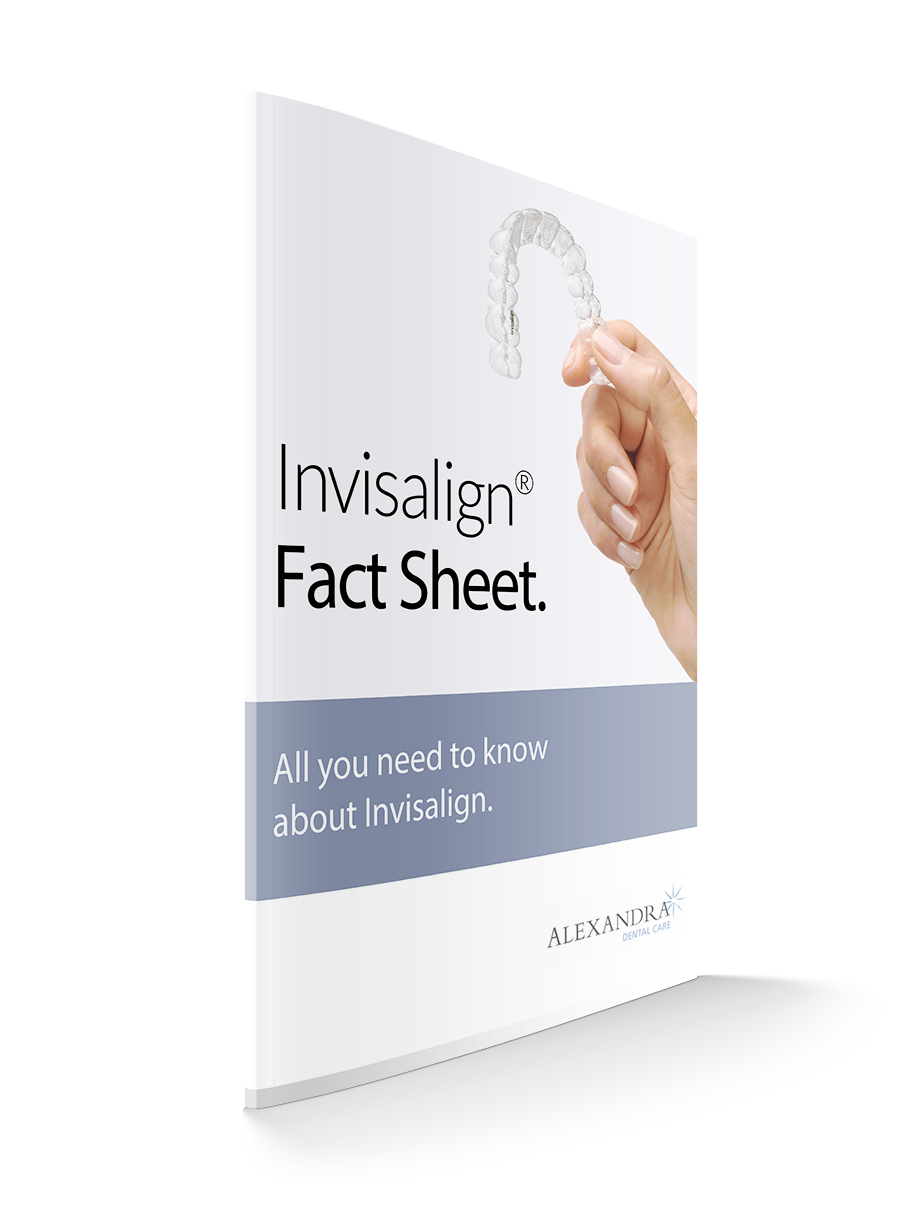Taking Care of Your New Dental Crown
Comfortable dental crowns for our Ashby and Burton Patients
Whilst a crown, or a ‘cap’ as it is also sometimes known, is used to finish off a dental implant and provide the patient with a great looking replacement tooth, or teeth; many of us will also know a crown as something which is attached to a broken tooth to restore it, both in appearance and functionality.
Dental crowns are very commonly used and have, over the years, proved to be a reliable method of restoring a broken tooth. Some people however, do seem to have had a few problems with their crowns, nearly always in the initial period following their placement.
So here are a few tips that will help to ensure the integrity of the new dental crown as well as for your own comfort and convenience.
Temporary Crowns
One of the biggest problems that people seem to have is with their temporary crowns. This is perhaps not surprising as these are not made to specifically fit the individual patient in the same way that the permanent crown will be.
The good news for our patients at Alexandra Dental Care is that, for most cases, you do not need to have a temporary crown fitted. Because we have invested in Cerec technology at our dental practice near Burton and Ashby, we are able, through the use of scanning and 3d technology, to produce a permanent crown for you within the hour. Recent research has also indicated that CEREC restorations are likely to be stronger than those made in a dental laboratory so there is a double bonus for our patients.
Permanent Crowns
Once your tooth has been prepared, scans taken and the new crown produced using Cerec, your crown will then be attached to the prepared tooth using dental cement. The cement quite naturally takes a little time to dry and harden so it is important that you do not put any undue pressure on the new crown for a little while.
The following pieces of advice will help keep your crown strong and healthy for the period following its fitting and help to ensure its function for many years to come.
Eating
To allow the cement to harden fully, do not eat any foods that may interfere with this. You should most certainly avoid chewing gum or any sticky foods that may pull at your new crown and may even pull it away from the prepared tooth. You should also avoid eating hard foods for the first day or so.
You may find that your new crown feels a little strange at first, especially if the crown has been used to build up a tooth that had disintegrated. Because of this and to give yourself more time to adjust, it may be worth eating more on the other side of your mouth for a few days and gradually shifting back over a period of time.
It may well be worth eating softer foods for a little while too and avoid biting very hard foods such as sweets with your new crown.
Drinking
Your dentist will advise when you may start drinking again to give the cement a little time to initially harden. Because you will nearly certainly have had a local anaesthetic though, you should avoid very hot drinks to avoid running the risk of burning yourself as the loss of sensation in the area means that you will not be able to tell how hot a drink is.
Just taking these early precautions though is a small price to pay to ensure the integrity of your new crown, which, providing that a good oral health care regimen is followed, should last you in the region of ten to fifteen years with appropriate care.
Google+
Comments are closed.